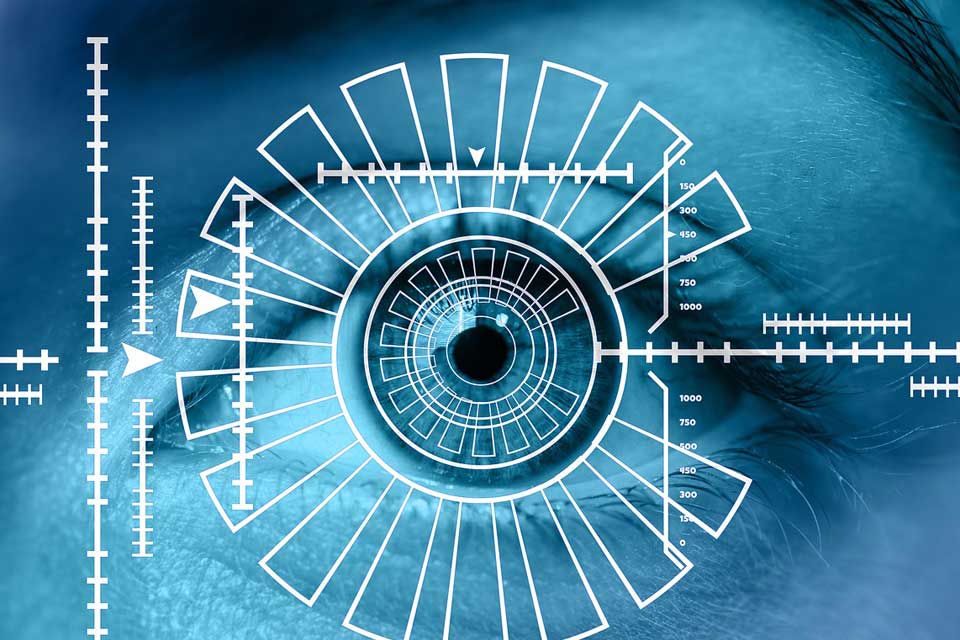If you specialise in Access Control for IT systems we want to hear from you!
https://cybersecureforum.co.uk/wp-content/uploads/2018/02/Access-Control.jpg 960 640 Stuart O'Brien Stuart O'Brien https://secure.gravatar.com/avatar/81af0597d5c9bfe2231f1397b411745a?s=96&d=mm&r=gEach month on Cyber Security Briefing we’re shining the spotlight on a different part of the cyber security market – and in February we’re focussing on Access Control solutions.
It’s all part of our ‘Recommended’ editorial feature, designed to help IT security buyers find the best products and services available today.
So, if you’re an Access Control solutions specialist and would like to be included as part of this exciting new shop window, we’d love to hear from you – for more info, contact Jenny Lane on j.lane@forumevents.co.uk.
Here’s our full features list:
Feb 2024 – Access Control
Mar 2024 – Intrusion Detection & Prevention
Apr 2024 – Phishing Detection
May 2024 – Advanced Threat Dashboard
Jun 2024 – Browser/Web Security
July 2024 – Authentication
Aug 2024 – Penetration Testing
Sep 2024 – Vulnerability Management
Oct 2024 – Employee Security Awareness
Nov 2024 – Malware
Dec 2024 – Network Security Management
Jan 2025 – Anti Virus











